
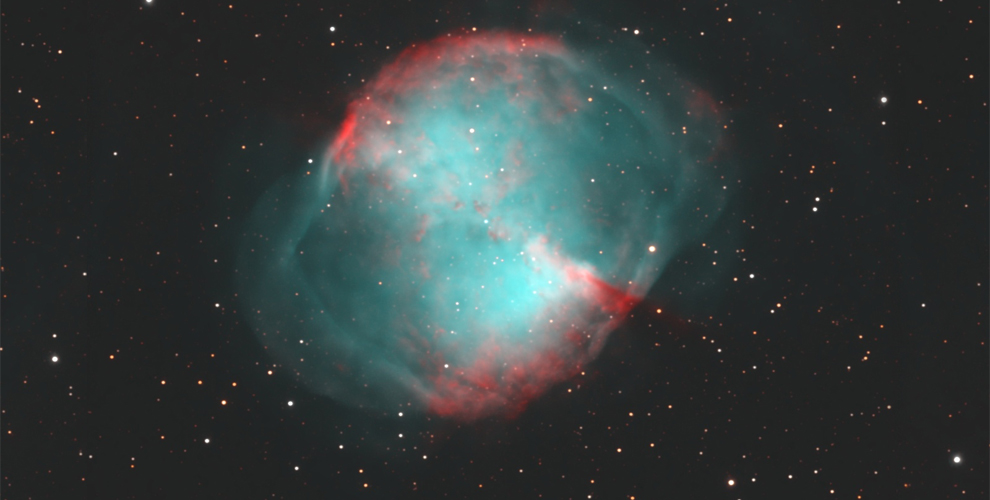
The Dumbbell Nebula, also known as M27, is a large planetary nebula located in the constellation Vulpecula. Discovered by Charles Messier in 1764, this nebula is about 1,360 light years away from us.
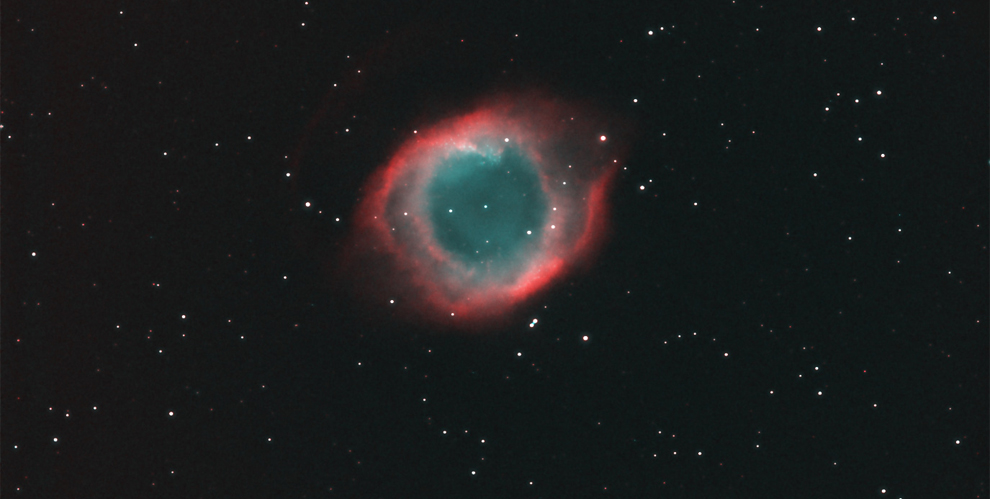
The Helix Nebula, also known as NGC 7293, is a large planetary nebula located in the constellation Aquarius. Discovered in 1824, this is one of the closest planetary nebula to us here on Earth.
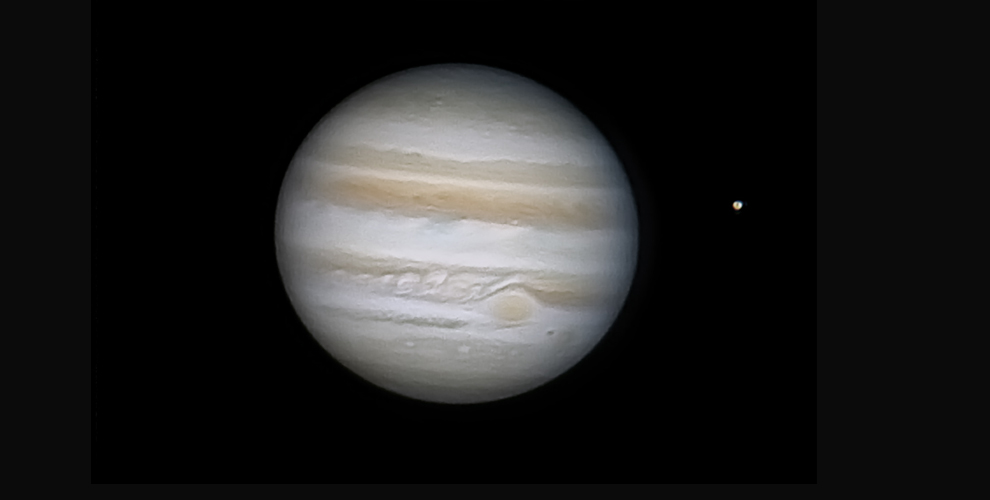
This picture of Jupiter was taken on Thanksgiving night, November 22, 2012, with my Canon DSLR attached to the my 10" Ritchey-Chretien reflector telescope. The moon on the right is Io.
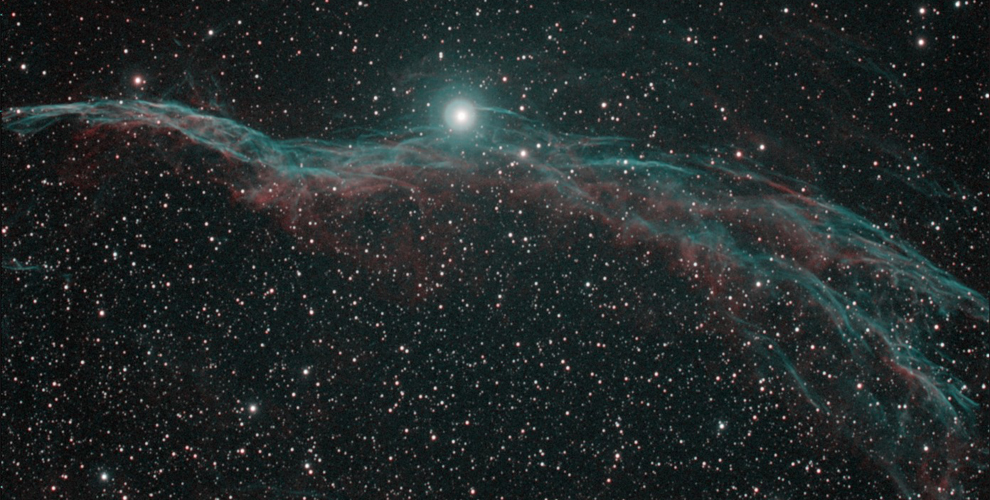
The Veil Nebula is a huge gaseous remnant of supernova explostion that took place some 5,000 to 8,000 years ago. The full nebula is approximately circular in shape and spans about 3 degrees on the sky.
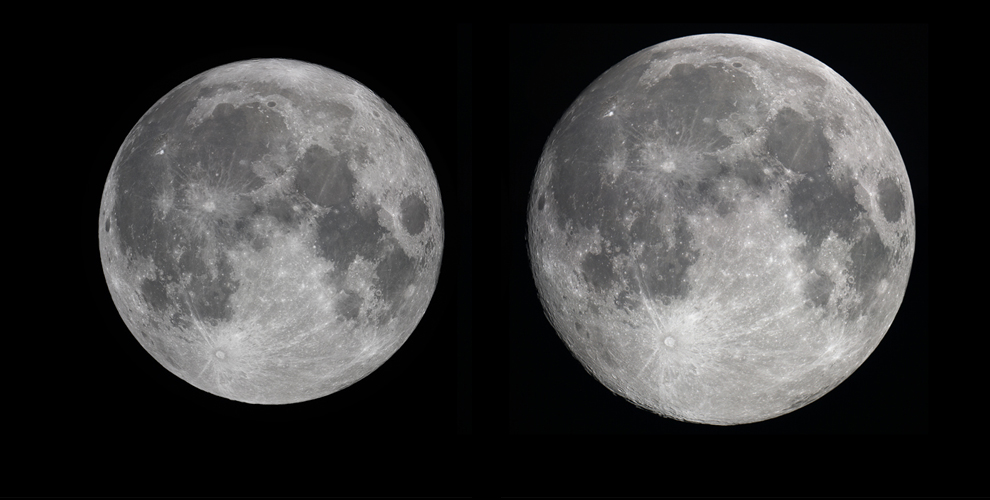
Two pictures of the full moon. One taken when the moon was at perigee and one taken when the moon was at apogee.

The Crescent Nebula is an emission nebula in the constellation Cygnus. It is about 5000 lightyears away from us. The nebula is the result of a strong stellar wind from a Wolf-Rayet star colliging with and energizing the slower moving wind ejected by the star when it became a red giant some 400,000 years ago.
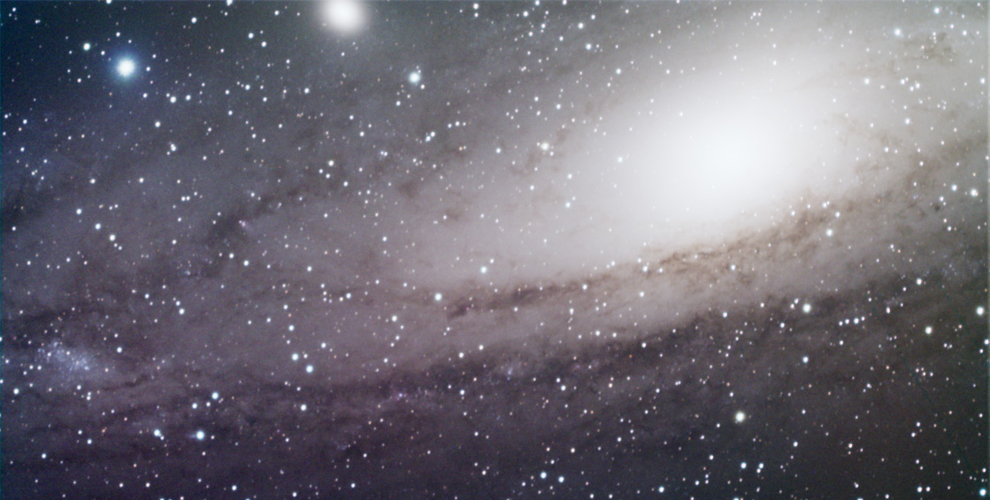
The Andromeda Galaxy, also known as M31, is the nearest major galaxy to our own Milky Way---only 2.5 million lightyears away. It is the largest galaxy in the Local Group.
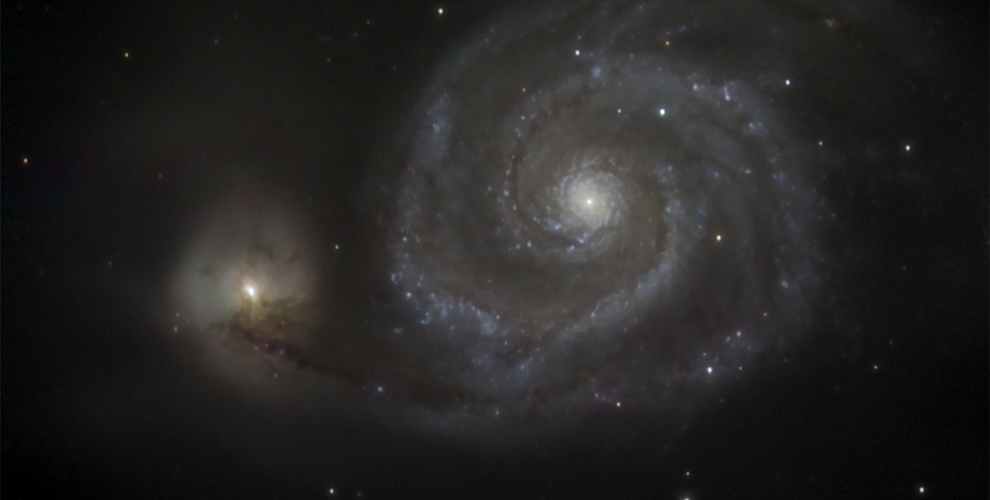
The Whirlpool Galaxy, also known as M51, is actually a pair of interacting galaxies about 23 million lightyears away from us. There have been two distinct supernova explosion in the Whirlpool in the last ten years.
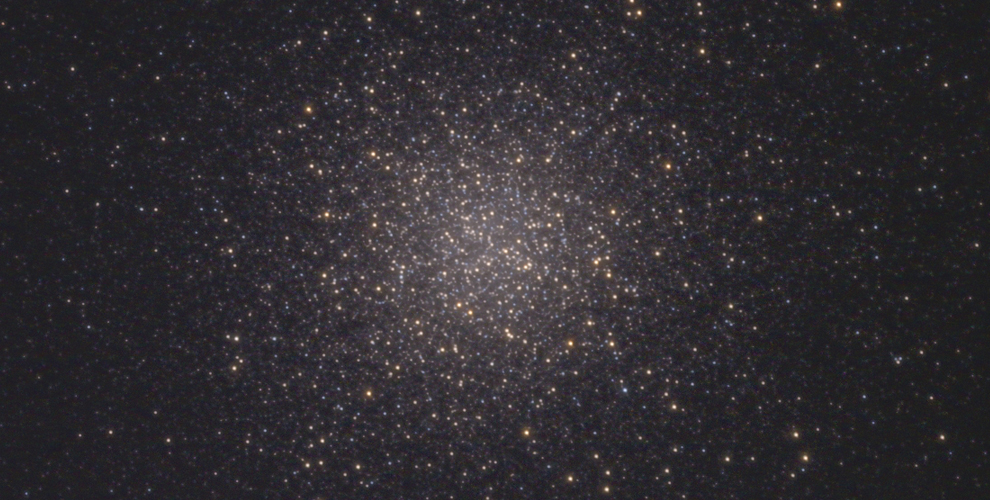
The great globular cluster in Hercules, also known as M13, the brightest and prettiest globular cluster visible to observers in the northern hemisphere.

The Crab Nebula, also known as M1, is a supernova remnant from the supernova explosion of 1054AD. At the center of the nebula lies the Crab Pulsar, which is a neutron star remnant of the exploded supernova.
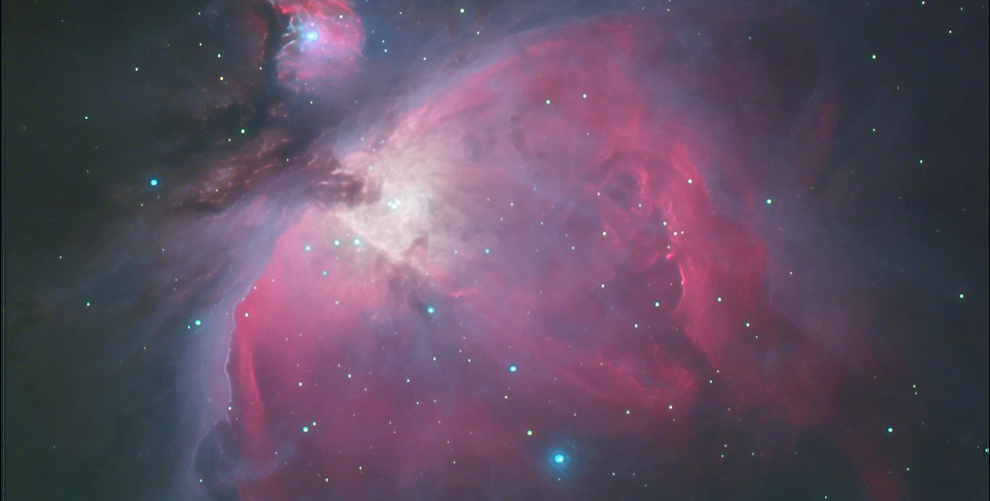
The Orion Nebula, also known as M42, is the bright deepsky nebula visible to observers in the northern hemisphere. It is a star-birth region where interstellar gas is in the process of condensing and forming new stars.
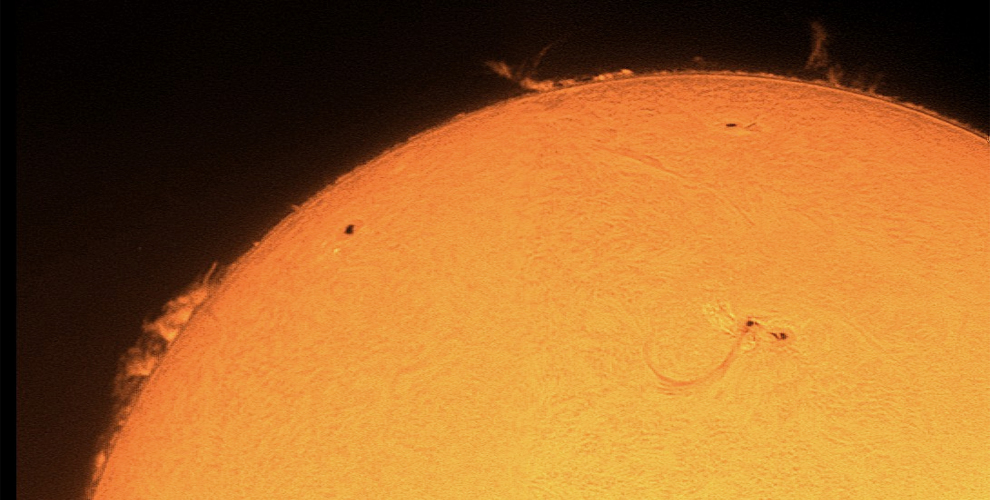
The Sun imaged with a narrowband H-alpha filter.
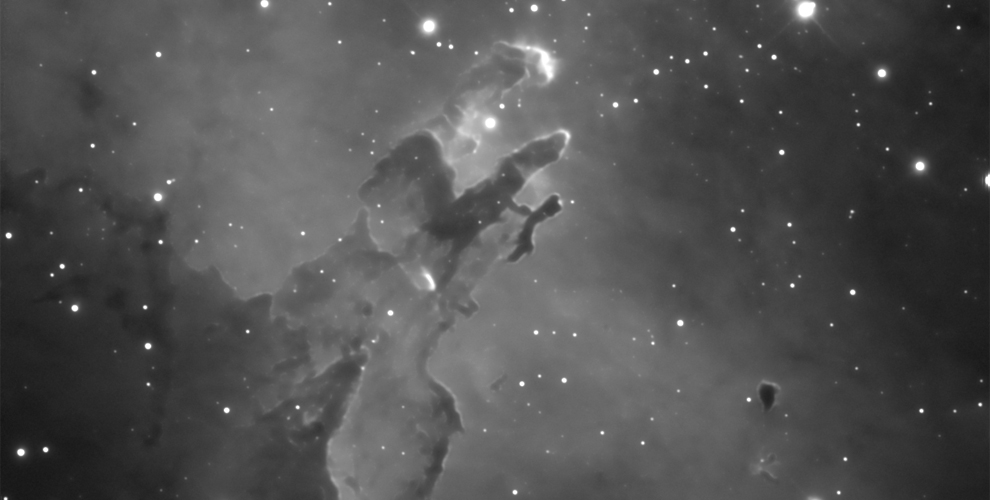
The Eagle Nebula, also known as the Pillars of Creation.
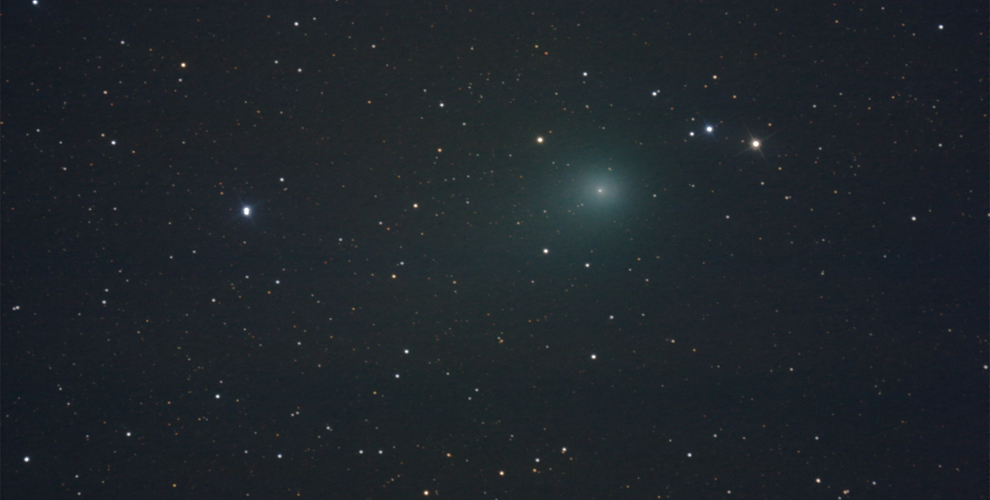
Comet Garradd as it appeared on August 30, 2011. Image taken with a Canon 450D on my 10" Ritchey-Chretien.